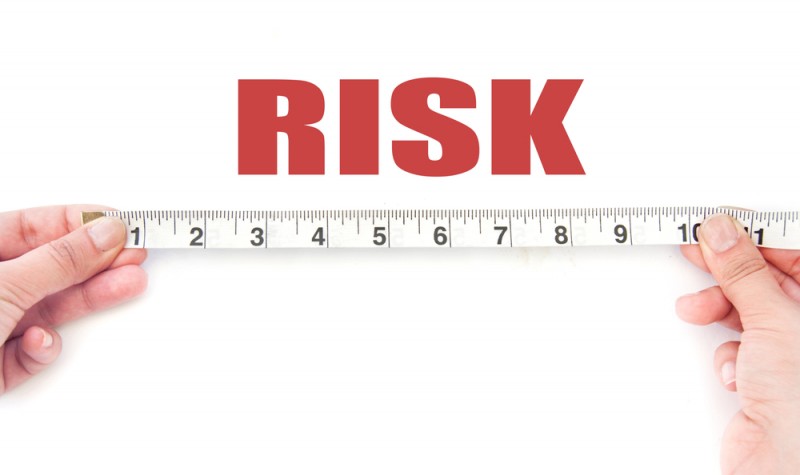The Best and Worst Absolute Return Funds after Brexit

It sounds a bit harsh judging a fund’s performance over a period of three weeks, but the analysis can provide a useful insight when the timeframe includes a critical event like the EU referendum. The data is particularly relevant for the Targeted Absolute Return sector, which investors rely on to deliver positive gains in all market conditions.
There are almost 100 Targeted Absolute Return funds and their performance record varies enormously. According to data from ShareScope, from the close on June 23, the night of the referendum, to close on July 18, there were two funds that returned in excess of 10% and another two that lost more than 10%, with all the others bunched in between.
The best performer over that period was Hermes Absolute Return Credit with the F Sterling Accumulating shares rising 12.16%. It is a relatively unusual fund as it invests in UK and overseas bonds and associated instruments to target a positive return over rolling 12-month periods. The performance between inception in May 2015 and the referendum had been pretty insipid, but it looks as though it could have been the exposure to the US dollar and the euro that produced the short-term boost.
In second place was Polar UK Absolute Equity with the S Sterling Share Class gaining 10.16% over the three weeks. I highlighted the fund on May 16 as one of the most successful in the sector and it is now the fifth-best performer over the last 12 months with a fantastic return of 20%.
At the end of May the manager, Guy Rushton, had 37 long positions and 24 shorts, which gave him a net exposure to the market of just 37.8%. This was marginally less than the 40.3% at the end of April and would have protected him against the initial post referendum sell-off.
It is impossible to know at this stage how he generated the large positive return, but the most likely explanation is good stock selection and the sensible use of index futures to hedge the market risk. At the end of May he had a short index futures position equivalent to 14.3% of the fund and this could have been extremely profitable, especially if he had the foresight to reduce it after the sharp falls on the first couple of days after the result of the vote was announced.
Investors would have been less impressed with the Sanlam FOUR Multi Strategy A USD share class that fell 10.18% over the period from June 23 to July 18, although they need to bear in mind that it has a longer term objective than some of its peer group. The fund aims to generate positive returns over rolling three-year periods and to beat the Consumer Price Index by 4% per annum over rolling five-year periods.
It is actually quite an interesting approach as it uses an actively managed multi-strategy growth portfolio that consists of core and satellite assets to provide exposure to attractive long-term investment themes with portfolio protection built in. Unfortunately the returns have been pretty modest with the B Sterling shares up 6.2% from inception in January 2013 to the end of May. It is worth noting that it was only the Class A USD shares that suffered during the last three weeks.
The worst performance in the sector came from the Threadneedle UK Absolute Alpha RNA EUR shares, which fell 11.32% over the period from June 23 to July 18, although its other share classes held up much better.
Threadneedle UK Absolute Alpha aims to make positive returns over rolling 12-month periods and invests at least two thirds of its assets in long and short positions in UK companies, or in companies that have significant operations in this country, or in cash when appropriate. It is much bigger than many of its peer group with assets under management of £1.058bn.
At the end of May there were 41 long positions and around 21 shorts giving it a net exposure to the market of 29%. The Z net accumulation GBP shares have a good long-term record, with a five-year annualised return of 5.35% to the end of May and with the fund having generated positive calendar year performance in each of the five years since it was created in 2010.
The Targeted Absolute Return Sector is home to a wide range of funds with differing objectives and mandates. You need to think about which would be the most appropriate before investing and must be willing to accept the risk of short-term losses, especially during periods of market stress caused by events like the referendum.
Comments (0)